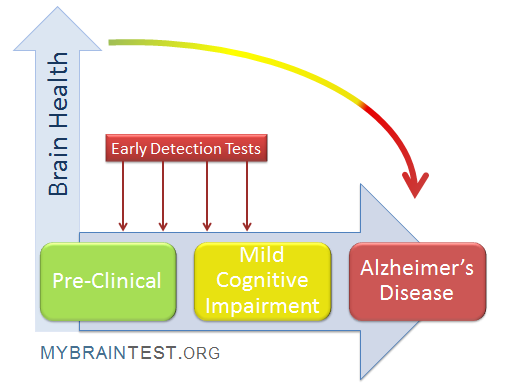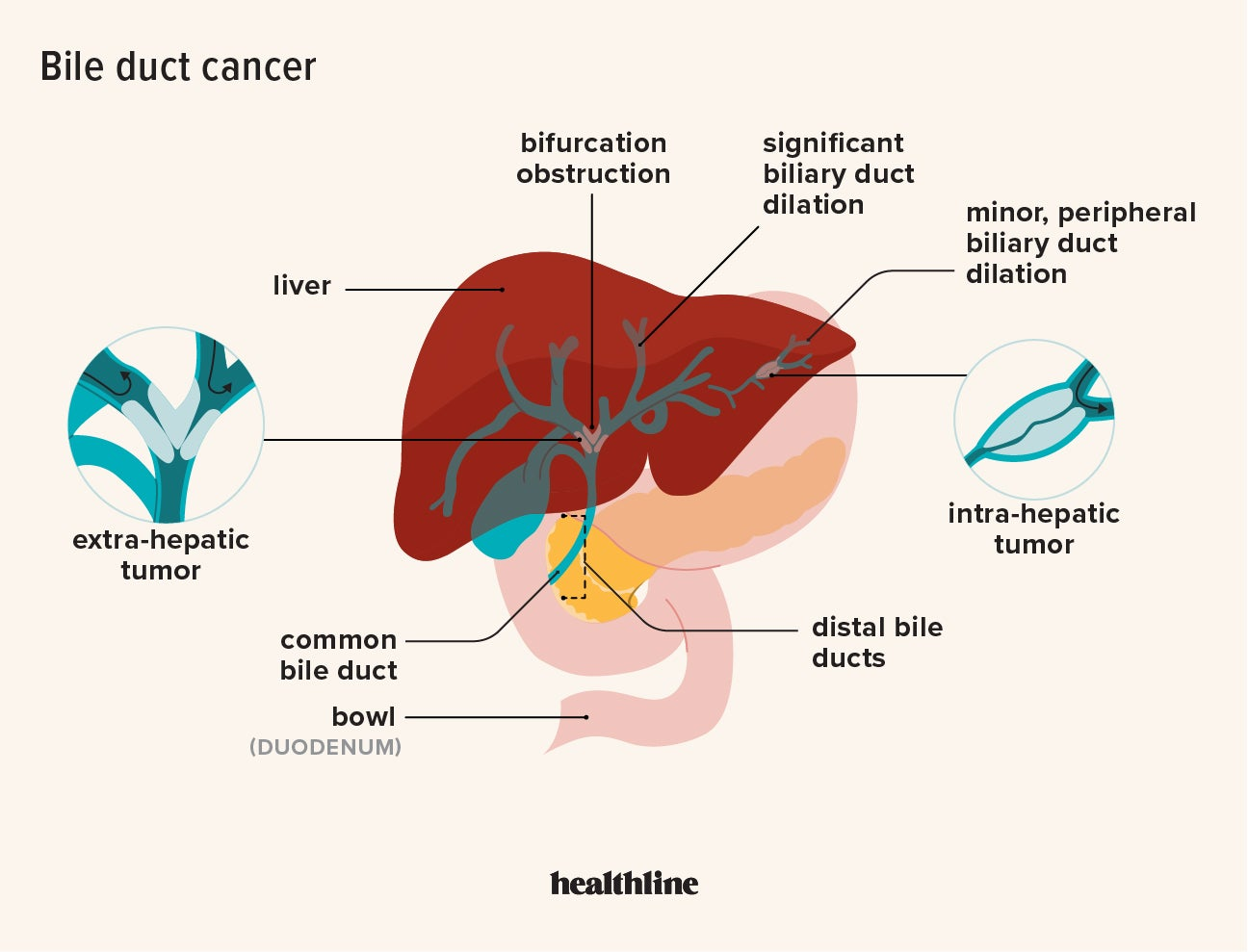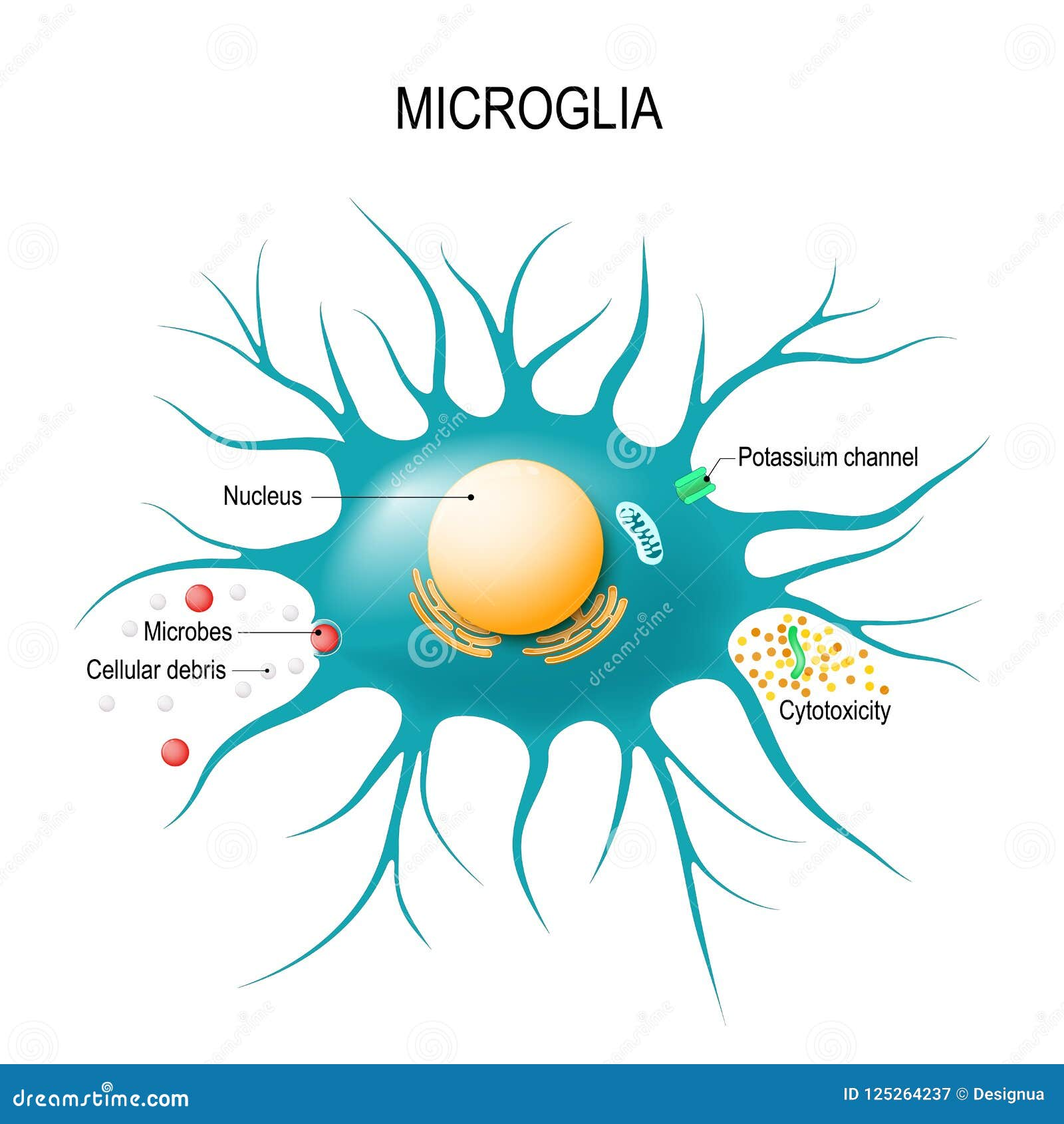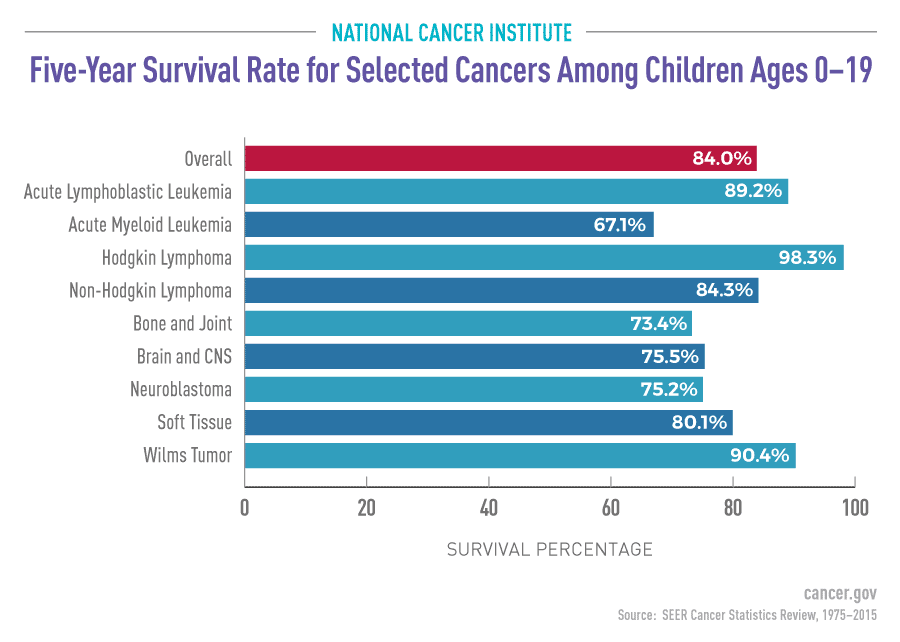
The early detection of Alzheimer’s is crucial for individuals and their families, as it provides a vital window for intervention before more debilitating symptoms manifest. Researchers at Mass General Brigham have pioneered innovative olfactory tests that reveal compelling evidence pointing to the nose’s ability to detect cognitive impairment. These tests, designed for at-home use, require participants to identify and remember various scents, offering a unique approach to identifying early signs of Alzheimer’s. Notably, older adults exhibiting cognitive decline scored significantly lower than their cognitively healthy peers, underscoring the smell test’s potential as an indicator of neurodegenerative diseases. By employing such noninvasive methods, healthcare professionals can better monitor and address the risks associated with Alzheimer’s, paving the way for enhanced treatment options.
Recognizing the initial indicators of Alzheimer’s disease, a condition marked by progressive cognitive decline, can empower individuals with early intervention strategies. Innovative research highlights the use of scent-based assessments, including home tests for Alzheimer’s, which assess the ability to discern and recall different odors as a means to identify potential cognitive impairments. These olfactory evaluations may complement traditional neuropsychological assessments, providing a comprehensive understanding of an individual’s neurological health. By connecting the decline in olfactory function to the early signs of cognitive disorders, researchers can develop more effective monitoring tools for various neurodegenerative conditions. Embracing such novel methods promises to improve preventative measures and treatment pathways for those affected.
Understanding the Importance of Early Detection in Alzheimer’s Disease
Early detection of Alzheimer’s disease is crucial for effective intervention and treatment. By identifying cognitive impairment before the onset of more severe symptoms, healthcare providers can help individuals and their families prepare for the challenges that lie ahead. Recent studies suggest that early signs of Alzheimer’s can be subtle, often unnoticed until significant damage has occurred. In this context, new research has focused on innovative methods for detecting these initial signs, providing hope for earlier diagnosis and more proactive care.
One of the emerging techniques for early detection involves olfactory tests, which assess an individual’s ability to identify and remember different scents. Research shows that the sense of smell is often affected in the early stages of Alzheimer’s. Utilizing a home test for Alzheimer’s that incorporates these olfactory assessments could revolutionize how we approach screening for cognitive decline. This non-invasive method allows for easy administration and could lead to timely interventions that mitigate further cognitive deterioration.
The Role of Olfactory Tests in Identifying Cognitive Impairment
Olfactory tests have emerged as a promising tool for identifying cognitive impairment related to Alzheimer’s disease. These tests measure various aspects of olfactory function, such as odor identification and discrimination, providing insights into an individual’s cognitive health. Research conducted at Mass General Brigham highlights that older adults with mild cognitive impairment performed significantly worse on these tests compared to their cognitively normal peers. The findings support the hypothesis that olfactory dysfunction could serve as an early warning sign for Alzheimer’s and other neurodegenerative diseases.
Moreover, the findings from the study emphasize the practicality of conducting these olfactory tests at home. Participants reported no difficulty in completing the smell test, demonstrating that such assessments can be easily integrated into routine evaluations of cognitive health. By incorporating olfactory testing into regular check-ups, healthcare providers can monitor individuals over time and detect any progressive decline in cognitive function, ultimately leading to more informed and timely treatment options.
Adapting Smell Tests for Home Use in Alzheimer’s Screening
The adaptation of smell tests for home use could significantly enhance the accessibility of Alzheimer’s screening. Traditional cognitive tests often require specialized settings and trained professionals, which can be barriers for many individuals. The development of an at-home olfactory test allows for a broader population to engage in early detection efforts. This approach not only empowers individuals to take charge of their cognitive health but also alleviates the pressure on healthcare systems.
A home test for Alzheimer’s that focuses on olfactory function can provide immediate feedback regarding one’s cognitive health. Given the study’s findings that age and mild cognitive impairment correlate with decreased olfactory performance, individuals can monitor changes in their olfactory abilities and seek further evaluation if needed. This proactive approach fosters a culture of awareness around cognitive decline and promotes early intervention strategies that can potentially improve quality of life.
Exploring the Connection Between Olfactory Dysfunction and Alzheimer’s Disease
Research indicates a compelling link between olfactory dysfunction and cognitive decline in Alzheimer’s disease. The loss of the sense of smell often precedes more recognizable symptoms of cognitive impairment, serving as an early indicator of potential neurodegeneration. Olfactory tests, such as the ones developed by researchers at Mass General Brigham, effectively measure this dysfunction, providing a valuable tool for early detection.
Understanding the connection between one’s ability to smell and cognitive health can prompt meaningful conversations about diagnosis and treatment. For those experiencing subjective cognitive complaints, recognizing these early signs of Alzheimer’s can encourage timely medical consultation. By integrating olfactory assessments into standard cognitive evaluations, we can improve the pathways to diagnosis and support for individuals at risk of developing Alzheimer’s.
The Future of Alzheimer’s Research: Integrating Smell Tests
As research into Alzheimer’s disease continues to evolve, integrating innovative assessments like olfactory tests will be essential. By combining these tests with traditional neuropsychological evaluations, researchers and clinicians can create a more comprehensive picture of an individual’s cognitive health. This multi-faceted approach could help pinpoint when cognitive impairment begins and how it progresses over time.
Future studies could utilize olfactory testing not only to identify individuals at risk of Alzheimer’s but also to monitor the effectiveness of various interventions. By tracking changes in olfactory function alongside cognitive performance, researchers can develop more targeted treatments that address the underlying mechanisms of neurodegeneration. This could ultimately lead to breakthroughs in delaying or even preventing the onset of Alzheimer’s symptoms.
Implementing Home Olfactory Tests as Screening Tools
Implementing home olfactory tests as screening tools introduces a new paradigm in Alzheimer’s detection. These tests should be part of routine wellness checks, especially for older adults. By providing a simple, accessible method for assessing cognitive health, individuals can engage in regular monitoring without the barriers typically associated with more traditional diagnostic methods.
This shift towards at-home assessment encourages personal agency in cognitive health management, allowing individuals to take proactive steps in recognizing the early signs of Alzheimer’s. Increased awareness and easy access to testing may promote timely consultations with healthcare providers, leading to earlier intervention and improved outcomes for those at risk.
Identifying the Early Signs of Alzheimer’s Through Smell Tests
Identifying the early signs of Alzheimer’s disease is paramount in ensuring effective treatment and support. Research has indicated that olfactory deficits can often signal the onset of cognitive decline before more commonly recognized symptoms appear. Smell tests, therefore, represent an intriguing method for early detection, serving as a potential screening tool for Alzheimer’s.
Using simple smell tests, individuals can evaluate their olfactory performance, which could correlate with cognitive health. Awareness of how scent processing ties into brain function could foster earlier recognition of Alzheimer’s risk. The proactive use of smell tests in clinical and individual contexts can serve as an essential strategy in the fight against cognitive impairment.
The Societal Impact of Early Alzheimer’s Detection Strategies
The societal impact of early Alzheimer’s detection strategies cannot be underestimated. As the population ages, the prevalence of Alzheimer’s disease is expected to rise significantly, straining healthcare systems and families alike. Implementing early detection strategies, such as olfactory tests, can help mitigate these challenges by supporting timely assessment and management of cognitive decline.
By prioritizing early detection, we can promote more effective use of healthcare resources, decrease the burden on caregivers, and ultimately improve quality of life for those affected by the disease. The proactive identification of at-risk individuals allows for better planning and support, creating a ripple effect that benefits society as a whole, from healthcare systems to families and communities.
Technological Advances in Alzheimer’s Disease Screening
Technological advances in Alzheimer’s disease screening, particularly through olfactory tests, hold promise for transforming how we identify cognitive impairment. Innovations in testing methods provide more accessible and efficient ways to gauge olfactory function, directly linking it to cognitive health. As research continues to show the efficacy of these tests, integrating them into routine assessments will become increasingly important.
These technological advancements not only bolster our capacity to detect Alzheimer’s early but also pave the way for more personalized treatment plans. By utilizing at-home assessments, researchers can better understand individual preferences and variations in cognitive health, leading to tailored interventions that can significantly improve patient outcomes.
Frequently Asked Questions
What are the early signs of Alzheimer’s that can be detected through olfactory tests?
Early signs of Alzheimer’s can include memory loss, difficulty with problem-solving, and changes in mood or personality. Recent studies suggest that olfactory tests can detect subtle olfactory dysfunction, which may serve as an early indicator of cognitive impairment related to Alzheimer’s.
How does an at-home test for Alzheimer’s work?
An at-home test for Alzheimer’s typically utilizes olfactory tests where participants sniff different odor labels placed on a card. This process assesses their ability to identify and remember smells, helping to identify potential cognitive impairments that may indicate an increased risk for Alzheimer’s disease.
Can a smell test for cognitive decline help in early detection of Alzheimer’s?
Yes, a smell test for cognitive decline can aid in the early detection of Alzheimer’s by evaluating an individual’s ability to perceive and distinguish different odors. Research shows that a decline in olfactory function can be linked to early stages of cognitive impairment, thereby serving as a predictive measure for Alzheimer’s risk.
What role do olfactory tests play in the early detection of cognitive impairment related to Alzheimer’s?
Olfactory tests play a significant role in the early detection of cognitive impairment related to Alzheimer’s by assessing smell perception, which may decline as cognitive function deteriorates. Identifying these changes early can facilitate timely interventions and better management of the condition.
Is there a reliable home test for Alzheimer’s that uses odor identification?
Yes, the Aromha Brain Health Test is a reliable home test for Alzheimer’s that utilizes odor identification to determine cognitive function. This test has been validated in studies to effectively identify individuals at risk for developing Alzheimer’s symptoms years before they manifest.
How effective are olfactory tests in predicting Alzheimer’s disease progression?
Olfactory tests are increasingly recognized as effective tools in predicting Alzheimer’s disease progression by detecting early signs of cognitive decline. Studies suggest that individuals with mild cognitive impairment score lower on these tests, indicating a potential trajectory towards Alzheimer’s.
What findings support the use of odor tests for early Alzheimer’s detection in diverse populations?
Research has shown that odor identification and discrimination skills decline with age, and the effectiveness of odor tests for early Alzheimer’s detection is supported by consistent results across diverse populations, including English- and Spanish-speaking participants. This suggests the test’s applicability in various cultural settings.
How can olfactory dysfunction indicate a risk for Alzheimer’s disease?
Olfactory dysfunction, or a reduced ability to smell, can indicate a risk for Alzheimer’s disease because it often develops before cognitive symptoms become evident. A loss of smell may reflect underlying neurodegenerative processes, making it a useful early marker for potential Alzheimer’s.
| Key Point | Details |
|---|---|
| At-home olfactory test | Developed by Mass General Brigham, this test assesses odor discrimination and memory to identify individuals at risk for Alzheimer’s. |
| Importance of early detection | Identifying cognitive impairment can allow for early intervention before symptoms appear. |
| Participant demographics | Study included English- and Spanish-speaking participants with subjective cognitive complaints and mild cognitive impairment. |
| Results of the study | Older adults with mild cognitive impairment scored lower on odor discrimination compared to cognitively normal peers. |
| Future research directions | Recommendations for incorporating neuropsychological testing and longitudinal studies to track cognitive decline. |
| Funding | The research was funded by the National Institutes of Health. |
Summary
Alzheimer’s early detection is critically important for effective intervention and treatment options. The development of an at-home olfactory test by researchers at Mass General Brigham signifies a groundbreaking step in identifying individuals at risk of Alzheimer’s disease years before memory symptoms manifest. By focusing on the sense of smell, this innovative approach allows for noninvasive and cost-effective screening that can be easily administered by individuals themselves. As the research progresses, the potential for this method to contribute significantly to the understanding and treatment of neurodegenerative diseases grows, underscoring the need for continued studies in this field.





